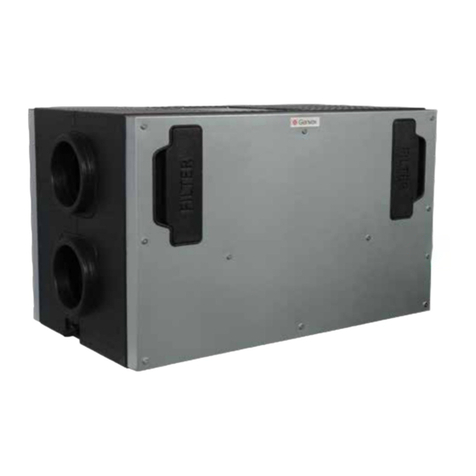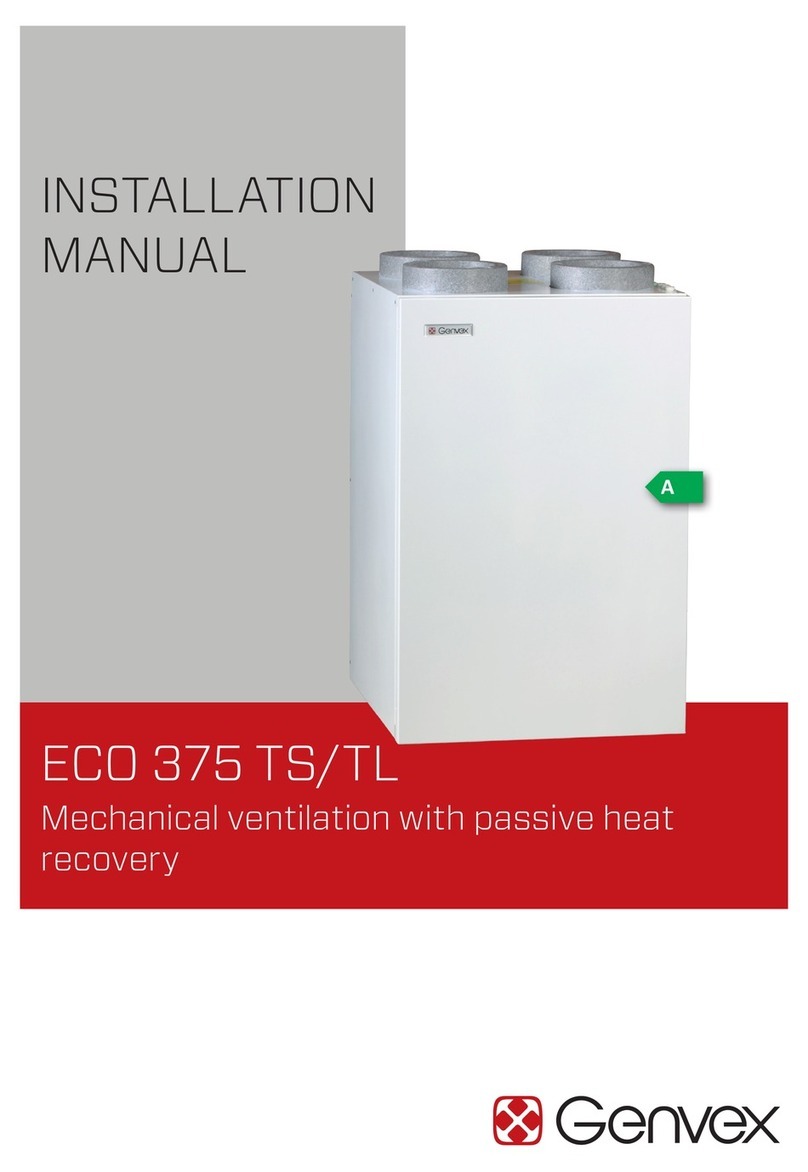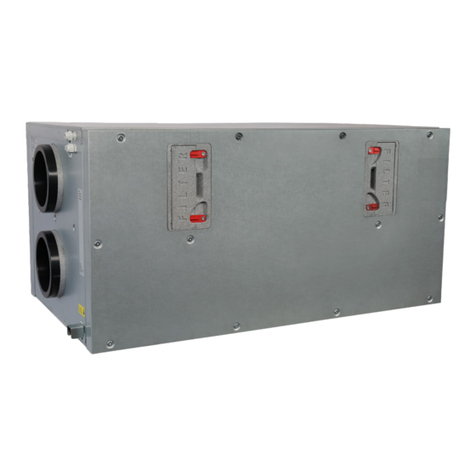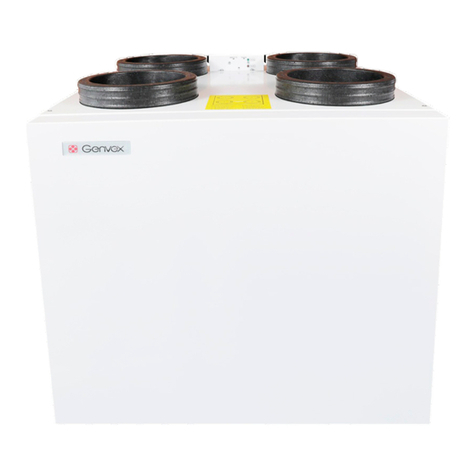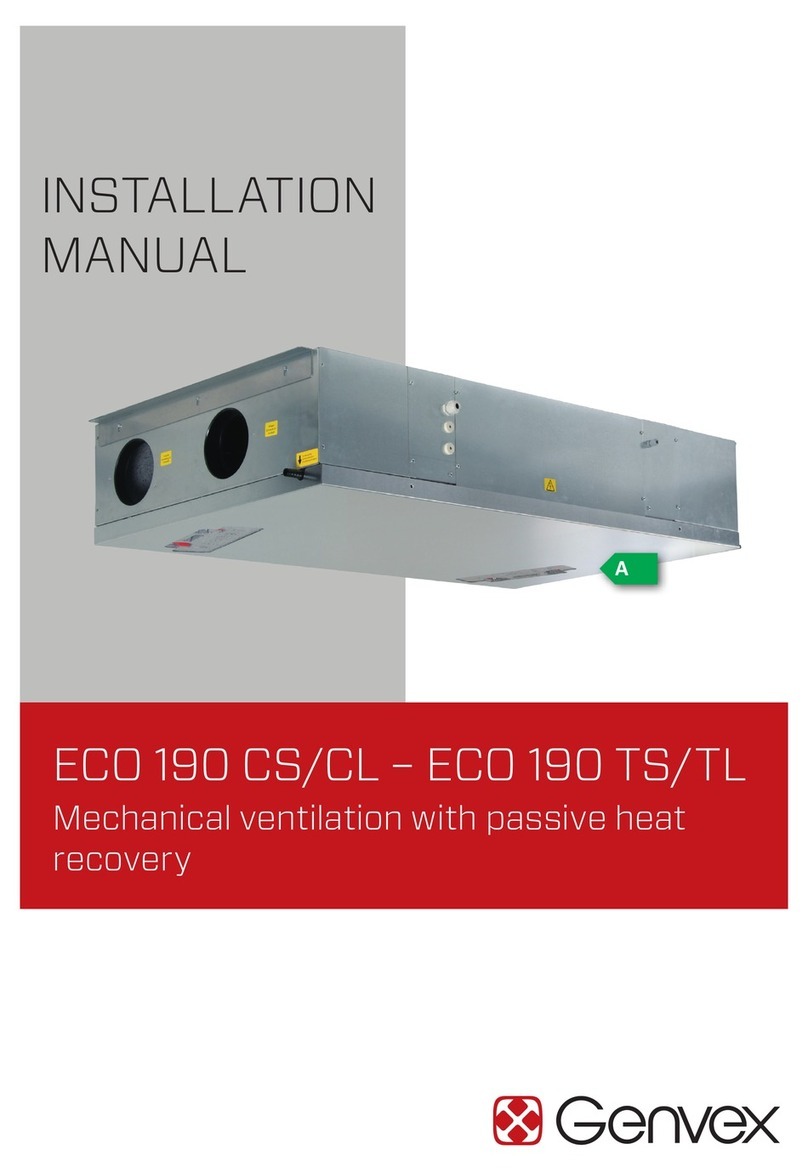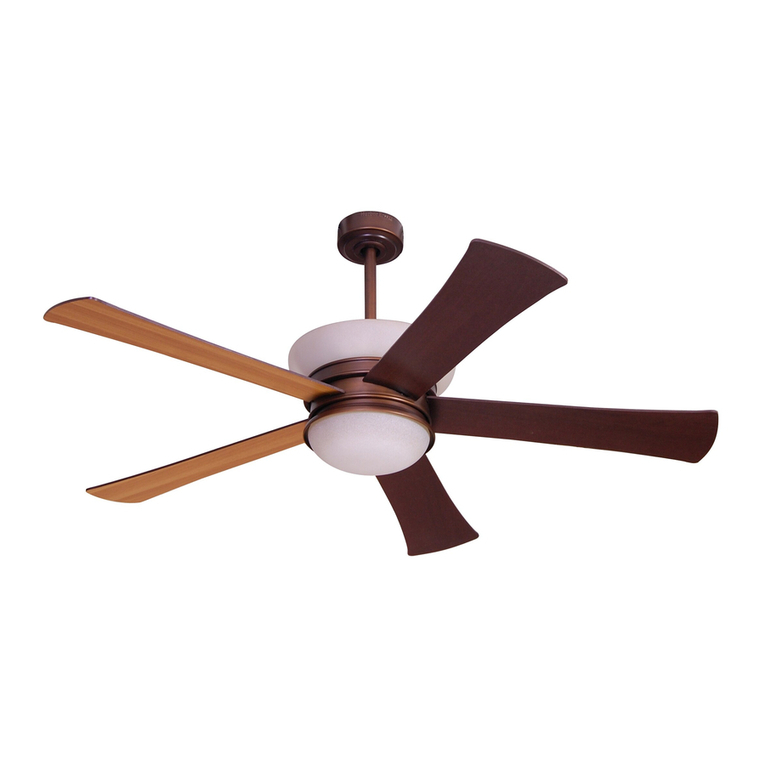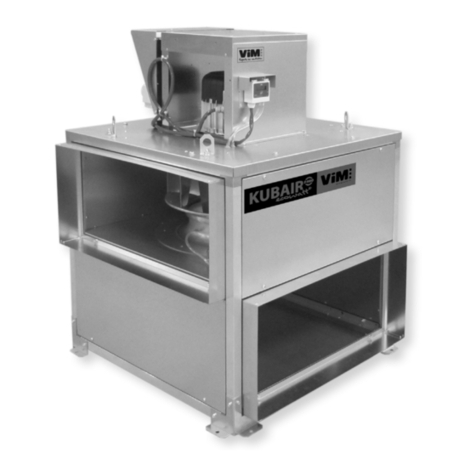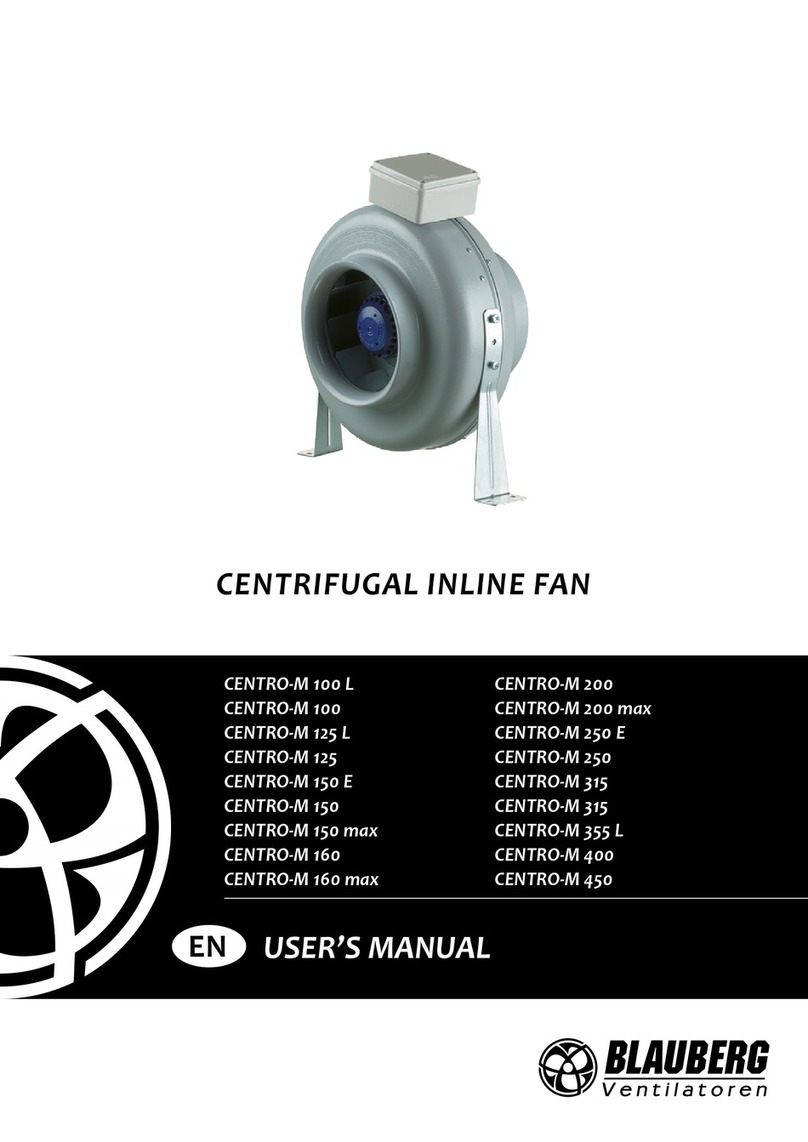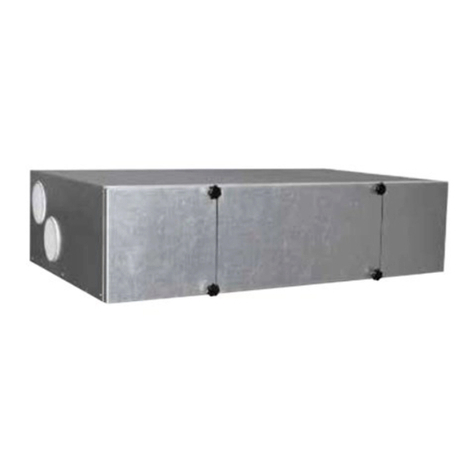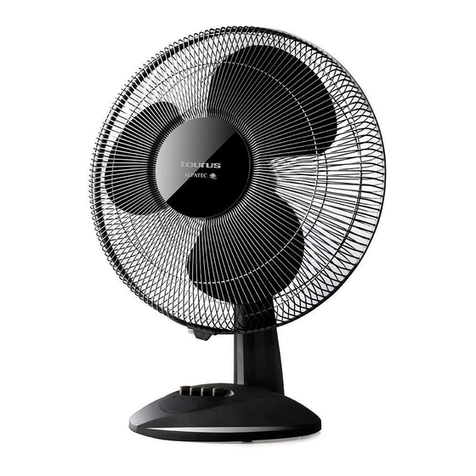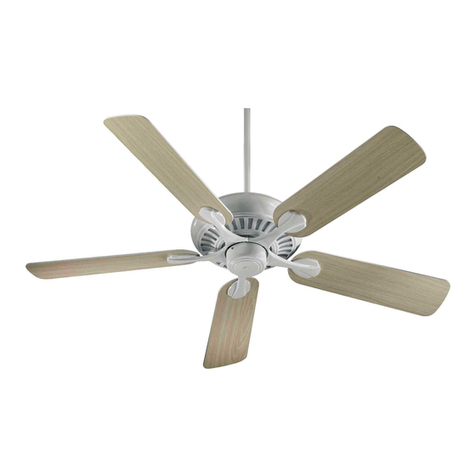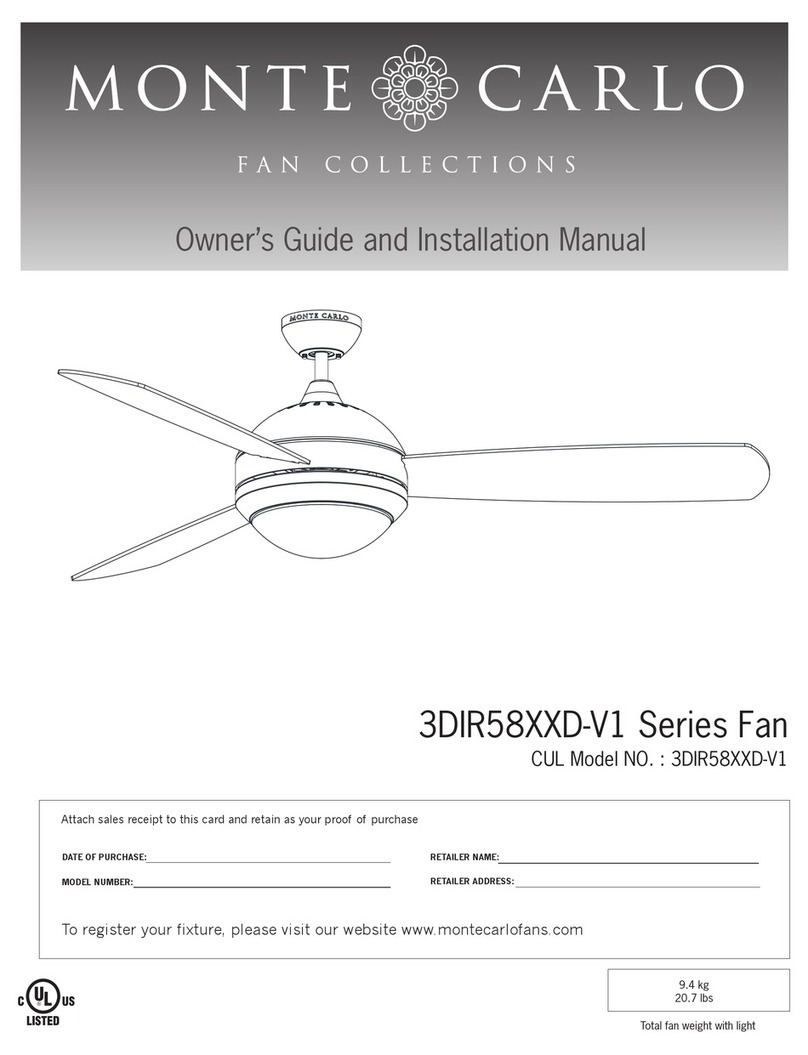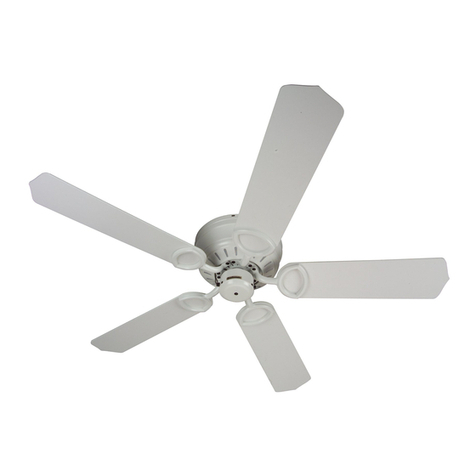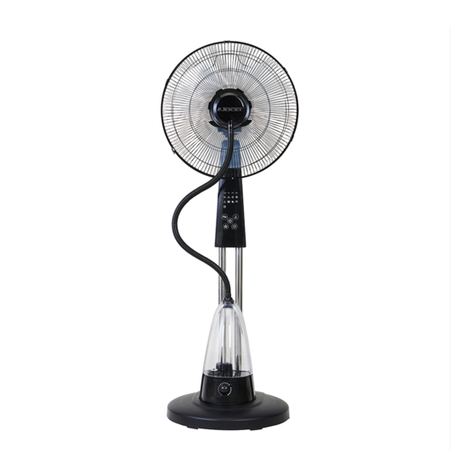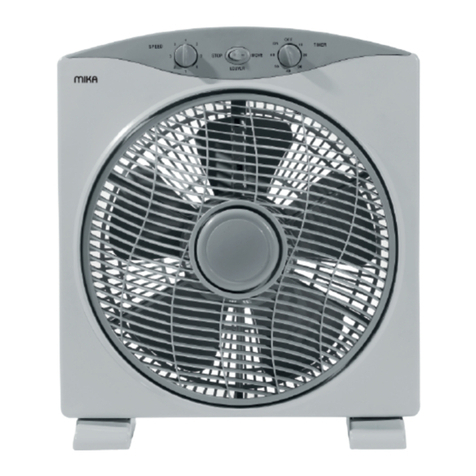
10 Subject to Technical Modications of GE Energy 1, 2 and 3/GES Energy 1
Condensate drain:
When changing the filter in August/September,
before outside temperatures falls to 5°C, check the
condensate drain for blockage by dirt and check that
there is water in the water trap.
Pour 1 litre water into the condensate tray and make sure it
can run off without problems. If the condensate drain does
not work, this could lead to water damage in the dwelling.
Countercurrent heat exchanger:
Inspect the countercurrent heat exchanger every year. If it
is dirty, remove it and wash in warm soapy water and then
rinse, possibly in the bathroom using the shower head.
Fans:
Every year check the two fan wheels for dirt. If they are
dirty they may be cleaned with a brush, bottle washer
etc. Remember to shot down the power.
Supply and extract valves:
Clean the valves by wiping with a dry cloth. Make sure the
valve does not rotate, causing a change in the air volume.
Service
If you are unable to maintain your unit yourself, you
can sign a service agreement with the Genvex service
department. If any faults arise in the unit, contact the
Genvex service department.
GE Energy 1, 2 and 3
Adjustment and maintainance
Air measuring equipment is used.
Before starting initial adjustment, check that the 6 points
in the chapter „Inspection and initial adjustment of
appliance“ have been carried out. Then start up the unit.
Maintenance of the unit with the control
Optima 250 DESIGN
Turn off the electricity for the unit before
opening it
Filters:
When the lter timer reaches the set value for lter
change, “Alarm!” will show in the screen saver and ”Chg.
lter” will ash. This means that it is time to clean/change
the lters.
Stop the unit on the power switch of the unit or at the
board. Open the front panel and take out the filters. After
changing the filters, switch off the filter timer.
If you want to change the interval for cleaning the filters,
this can be adjusted in the User menu.
Maintenance of the unit with the control
Optima 100 DESIGN
Turn off the electricity for the unit before
opening it
Filters:
When the LED D5 for changing the filters flashes in
the display on the control panel, the filters must to be
changed.
Stop the unit on the power switch of the unit. Change the
filters and reset the filter timer.
If you want to change the interval for cleaning the filters,
this can be adjusted in the operating instructions under
section 3.3 Filter alarm.
Do not vacuum or clean at high air pressure.
It will damage the lter!
Careful handling of the plates is required.
They have sharp edges and must not be
damaged.
G4 = Standard lter
(Coarse lter class G4)
F5 = Fine lter (Fine lter class F5)
F7 = Pollen lter (Fine lter class F7)
100 mm
Water trap
To internal drain
